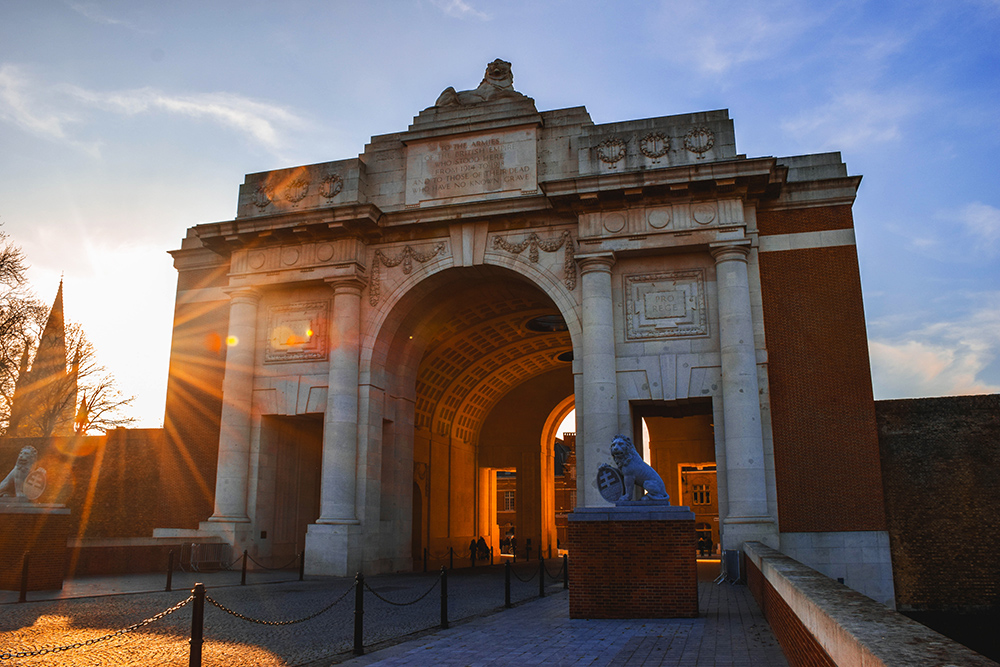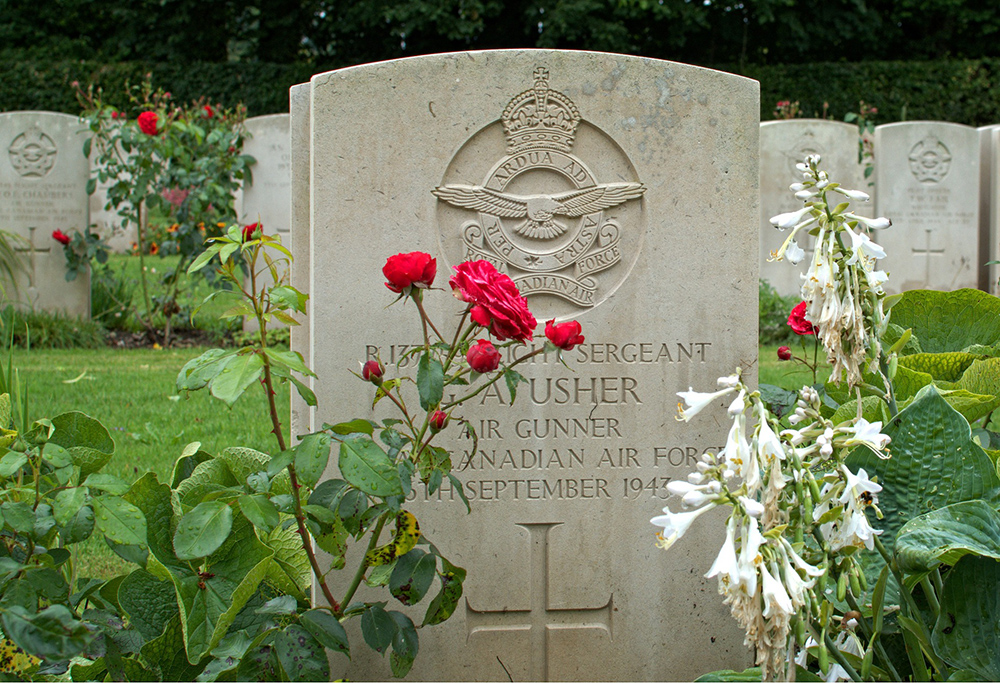
There a number of reasons for wanting to visit the battlefields of Europe. A desire to see where a father, grandfather or great-grandfather fought, a passion for military and regimental historical or simply an interest in seeing where the battles that changed history took place.
If it is a desire to see where a relative fought and perhaps died then you already know which battlefield you want to see. For those with an historical interest this post will help you choose.
I have focussed on a few 20th century battlefields in Europe.
We were unfortunate enough to have had two World Wars in the 20th century that engulfed much of Europe in the fighting and there are many battlefields where these wars were fought.
I have chosen a few battlefields of Europe that always pull in visitors because of their momentous effect on the course of history and a couple that we rarely hear about but in their way also altered the course of history.
Touring the Battlefields Europe
You can choose to take guided tours of your chosen battlefields or book a self-guided tour. The former is usually with a group of like-minded people. With the latter you can go at your own pace and all the guides, maps and travel information are supplied.
Alternatively you can do all the planning, the bookings (flights or ferry crossing, hotels) and background reading yourself.
The following are tour operators offering trips to the battlefields of Europe.
Ypres, Belgium
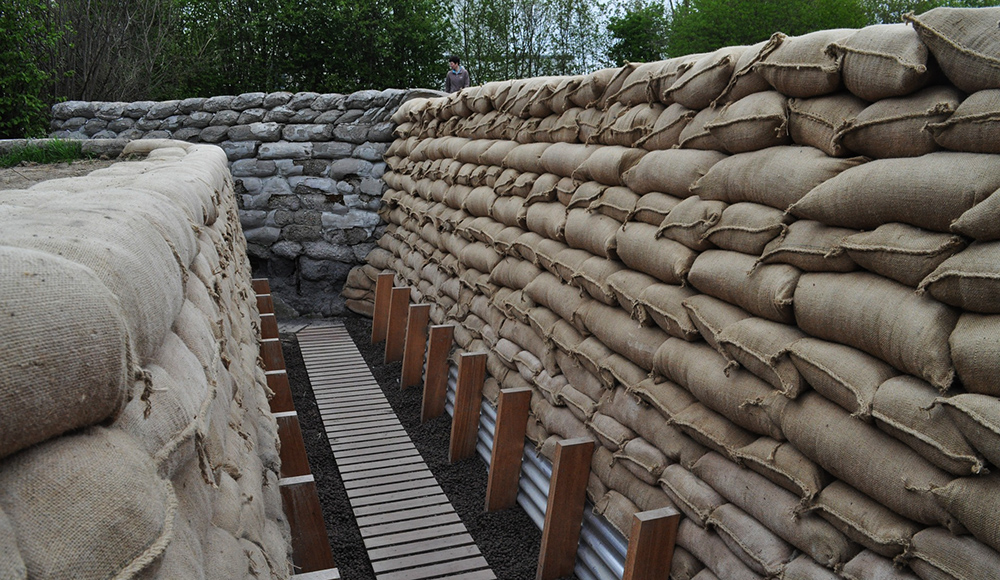
The town of Ypres suffered badly. By 1918 little remained of the town but the decision to rebuild as much as possible in the original style was taken. Most of the town you see today, despite the architectural styles that pre-date the war, is about 80 years old.
No visit to Ypres is complete with out attending the Menin Gate Memorial Service. Every evening at 20:00 the Last Post is played in remembrance of those missing. It is a very moving ceremony and a fitting end to a visit to Ypres
It was at Ypres that a young German corporal rescued a fallen comrade. An act of bravery that earned him Germany’s highest award for gallantry, the Iron Cross. The soldier’s name was Corporal Adolf Hitler.
The Somme, France
Another of the great battles of the Great War was the Battle of the Somme. Fought in the flat lands of Picardy, France. The battle, one of the bloodiest of the First World War, will always be remembered for the staggering loss of life on both sides. There numerous cemeteries and memorials but the most famous is the Thiepval Memorial. Designed by Edward Lutyens it commemorates the 72,246 soldiers with no known grave. There is a visitor centre close by.
Close to the memorial are one of several preserved tenches. The devastation that scarred the land can be seen at Melville Wood were the craters, now mostly covered in grass can still be made out. This wood was utterly destroyed by German artillery except for one hornbeam tree which still flourishes today.
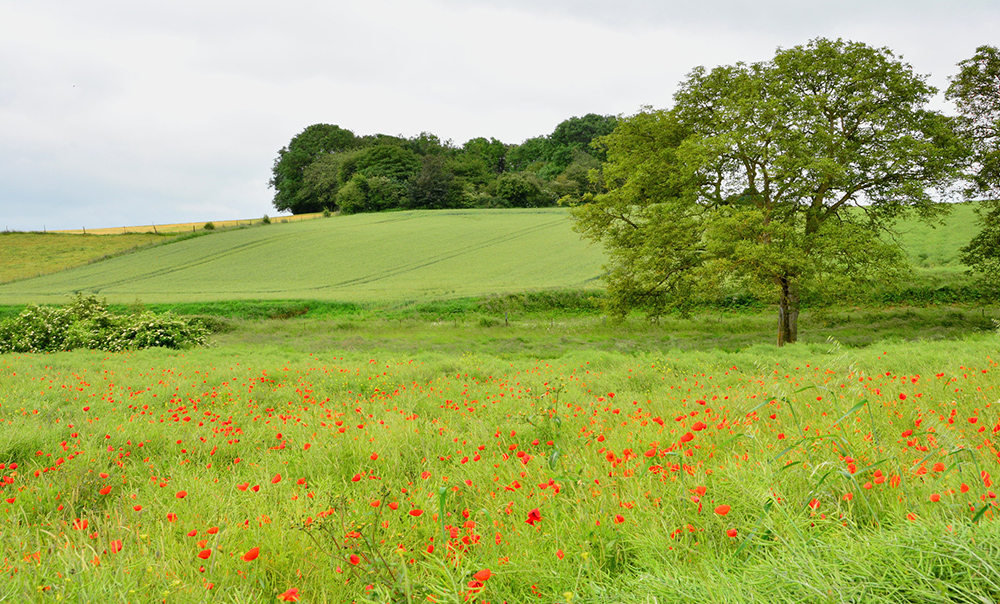
There are museums at almost every memorial site. The two most worth visiting if time is short are the Historial de la Grande Guerre in Perone and in the town of Albert the Musee Somme 1916
Normandy Beaches, France
In just over two decades Europe was embroiled in another war. Initially the German Army defeated the armies of the Allies. However, in 1944 the Allies, now joined by American troops struck back. D-Day has forever become associated with Normandy.
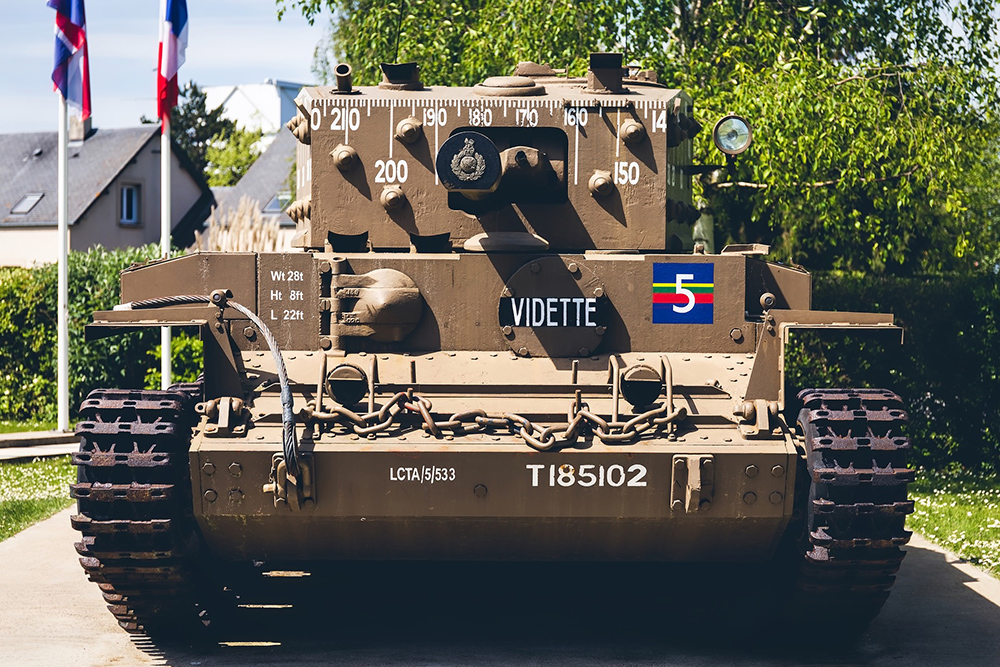
It was on the beaches of Normandy on the 6th June that Allied forces once again set foot in Western Europe. The fighting was fierce but the allies gained a foothold and formed a beach head. The beaches each have their own memorials to the men who fought there and the landscape is dotted with war cemeteries.
The beaches, which are still known by their codenames, each have their own museum dedicated to the exploits of the men who fought there. The Airborne Museum in Sainte-Mère-Église, the Battle of Normandy Memorial Museum in Bayeaux and the Landing Museum in Arromanches will give a great overview of the Normandy D-Day landings.
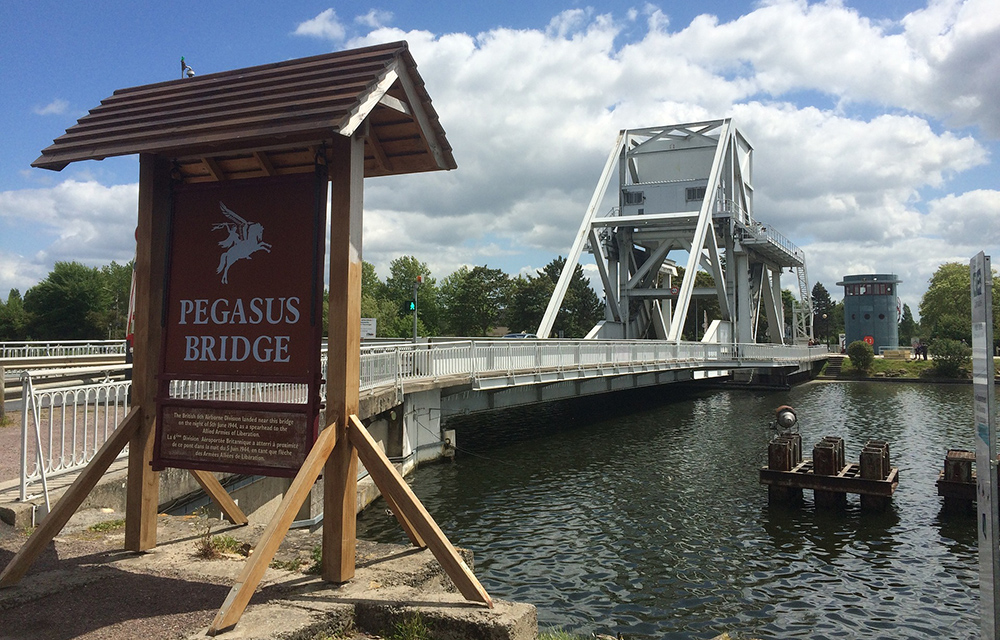
It was not just fighting on the beaches but troops were parachuted in to capture key river crossings and other strategic sites. The battle at Pegasus Bridge where the British troops held off German tanks was a famous encounter. The museum here is devoted to that particular skirmish and its role in the greater offensive strategy.
Arnhem, The Netherlands
The Battle at Arnhem will always be known as A Bridge Too Far. Operation Market Garden was a plan to capture three bridges over the Rhine and Maas rivers at Eindhoven, Nijmegen and Arnhem. The first two were captured but troops never reached the bridge at Arnhem. British troops fought until they ran out of ammunition. Meanwhile in Oosterbeck troops were forced to defend and withdraw.
The battle is commemorated all over Arnhem even in peoples front gardens. Following the Liberation Route is a great way to see the important sites in the battle. The bridge, named after Major John Frost who commanded the troops taking the bridge is a good place to start. There is a small visitor centre that explains the battle for the bridge in some detail.
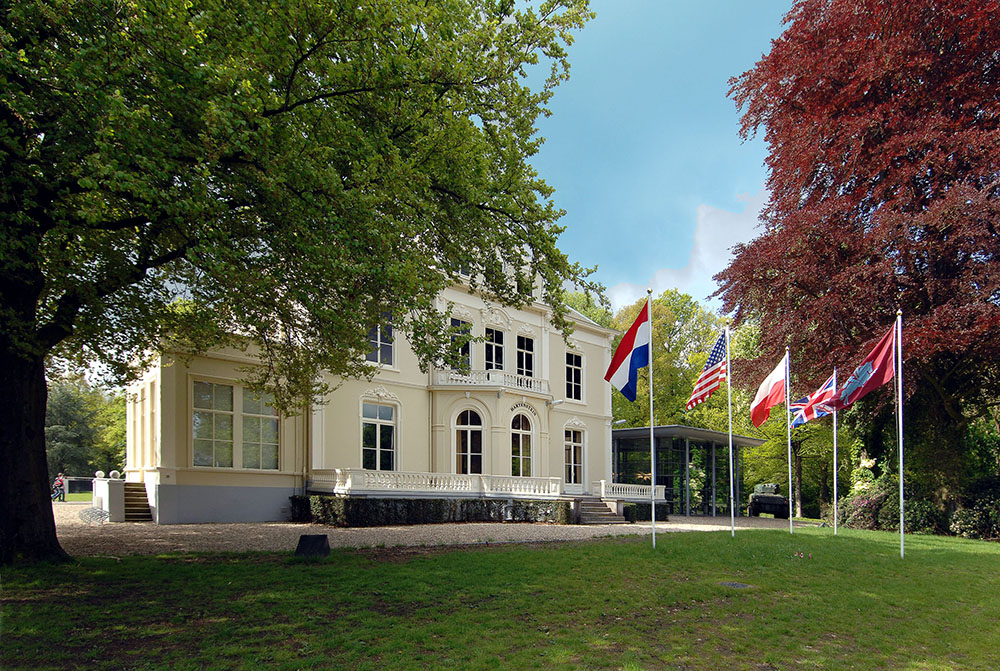
There are two museums worth visiting; The Arnhem War Museum 40-45 and the Airborne Museum Hartenstein in Oosterbeck. The latter is housed in the Allied headquarters which is set in extensive parkland where dugouts and emplacements can be explored. It is here that you will find the Airborne Experience; a multi media experience that puts you in the middle of the battle,
Apart from the major battles of the 20th century there were other lesser known wars and battles across Europe that only those with a passion for military history may have heard of.
Karelia, Finland
On 30th November not long after Nazi Germany invaded Poland, the Soviet Union invaded Finland. Despite overwhelming odds against them the Finnish Defence Force held the Red Army at bay along the eastern border.
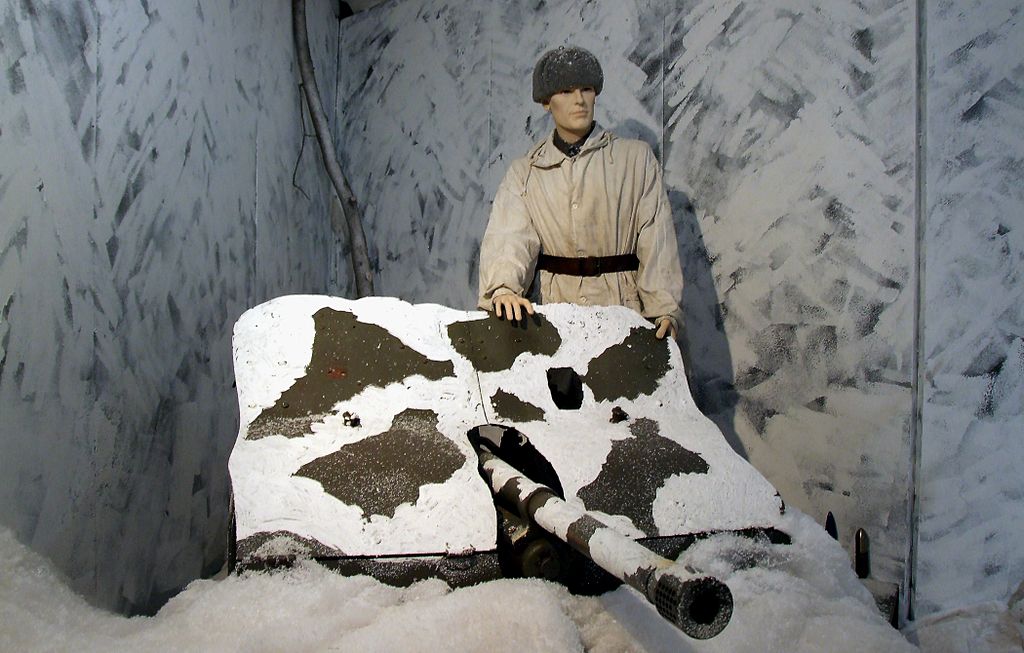
It was known in Finland as the Winter War or the Forgotten War because all eyes were on Hitler’s actions. Germany had invaded Poland precipitating war against France and Britain.
There are a number of museums and trench systems to visit. Taking a tour is the best way to see these as the distances are further than the World War battlefields. Two war museums, one in Kuhio and one in Suomussalmi depict the story of the war. On the Raate Road, between the two towns are preserved trench systems, dugouts and restored armaments.
Soča Valley, Slovenia
In the World War I this beautiful steep-sided valley was the scene of bitter and bloody fighting between Italian troops and those of the Austro-Hungarian Army. The Isonzo front, as it was known was reputed to be the bloodiest frontline of the Great War. Ernest Hemingway was an ambulance driver here and used his experiences to write A Farewell to Arms (£).
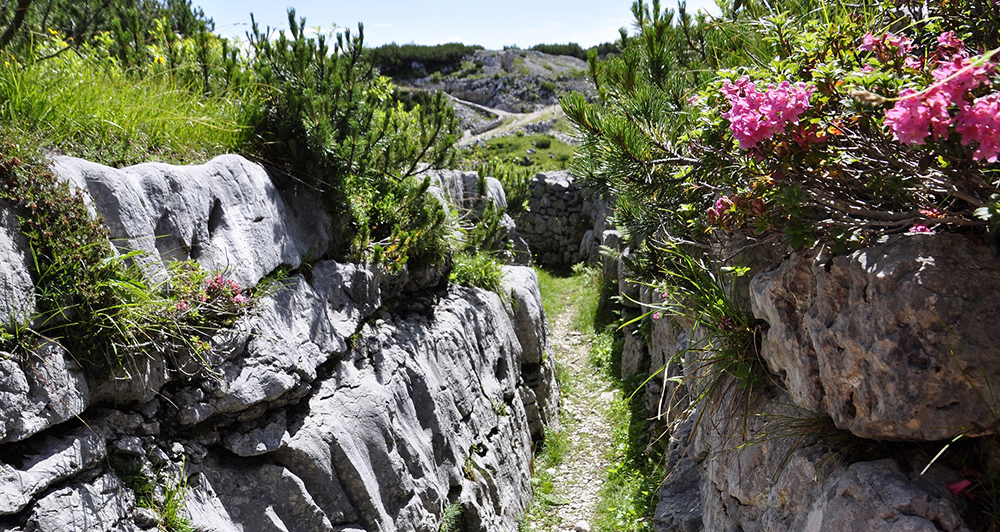
There are numerous relics of the fighting along the valley and one of the best war museums I have visited is in Kobarid.
Read more about the Battlefields of Europe
Itis always a good idea when visiting the battlefields of Europe (or any battlefields anywhere in the world) to do some background reading. The books below cover the battlefields of Europe mentioned in this post.
Some are guidebooks, some are historical accounts and there is also the novel by Ernest Hemingway A Farwell to Arms (£).
Disclosure: There are a number of affiliate links on this page. This means if you purchase an item by clicking on the link I will be paid a small sum at no additional cost to you. The ads with images are obvious but if the link is included in the text it is followed by the ‘£’ sign as an indication it is an affiliate link.
